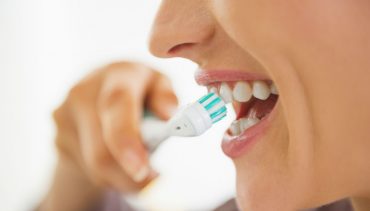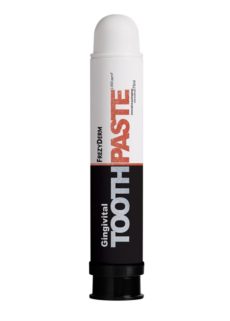
Gingivitis vs. Periodontitis: Tell the difference
The main difference between gingivitis and periodontitis is time; the time you left your gums’ inflammation (gingivitis) untreated to gradually turn into gum disease (periodontitis).
Not all gingivitis become periodontitis though; it’s when left untreated that it progresses to gum disease.
What Gingivitis feels like?
Believe it or not this is the mildest case of gum disease, being more of an inflammation with swollen red gums and, as a consequence, a bad breath.
Gingiva is the medical term for gums, i.e. the visible mucosa around the teeth.
It all seems to start with the build-up of plaque, which is the primary cause of gingivitis. Plaque is a sticky colorless film of bacteria that constantly builds up to embrace teeth and gums.
You’ll know if you have gingivitis, if your gums bleed quite often when you brush, or feel a tad more tender while looking reddish.
In order to avoid gingivitis, it is advised to:
- Have regular checkups with your dentist.
- Brush your teeth at least twice a day to remove plaque and debris
- Use a mouthwash that is designed to target gingivitis symptoms
- Floss daily
- Avoid smoking
- Avoid acidic foods
- Avoid sugary drinks
Even if you follow religiously all the above, you still may get gingivitis, either from family history or if you’re… pregnant.
The hormonal changes during pregnancy can make gums more vulnerable to plaque build-up and inflammation. Using a specialized toothpaste for pregnancy is advised.
If taken care of, at an early stage, gingivitis does not need surgery and it can be managed.
What Periodontitis feels like?
If gingivitis is left untreated, chances are it advances to Periodontitis, aka gum disease.
If you have periodontitis, then the damage in the gums is at an irreversible stage. Plaque bacteria enter the bloodstream and may affect the jaw bone, ligaments and gingiva, which can even lead to tooth loss.
Periodontitis as a more advanced form of Gingivitis, is more likely to affect people over the age of 35.
Pockets between the gums and the teeth are getting larger where plaque and food debris are collected.
Inside a healthy mouth the pocket has a width that ranges between 1-3mm, whereas if it is larger than 4mm, it’s a good indicator or periodontitis.
Taking a dental x-ray to measure potential bone loss may be instructed by your dentist for a proper diagnosis.
If you suffer from Periodontitis, then:
- You know that going often to the dentist is now longer optional.
- For mild periodontitis your dentist pay perform scaling, prescribe antibiotics or even specialized oral hygiene products to soothe symptoms whereas if it is advanced, surgical treatments may be necessary.















